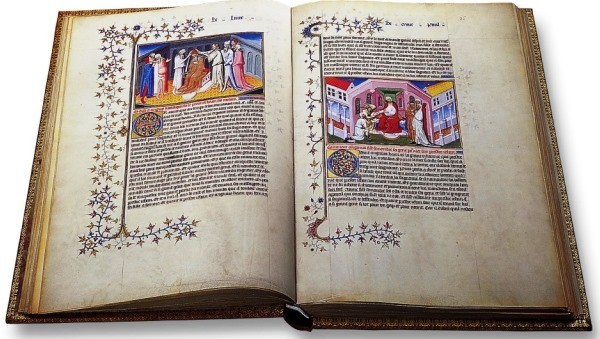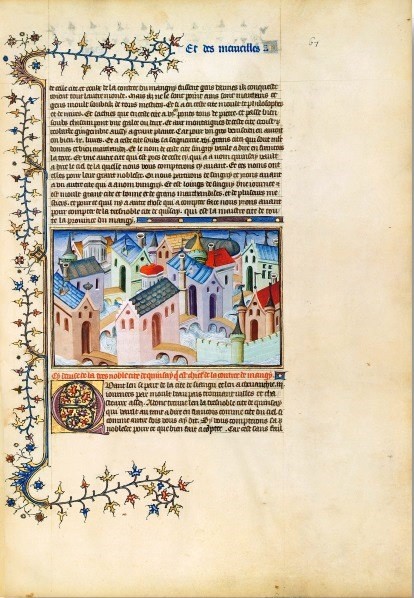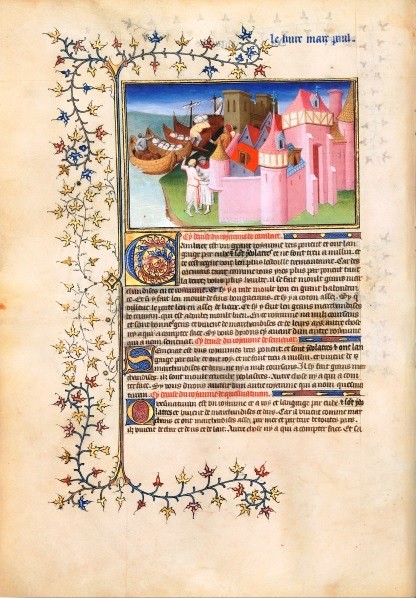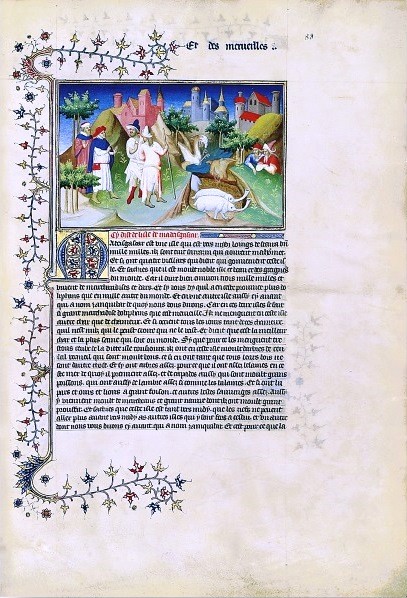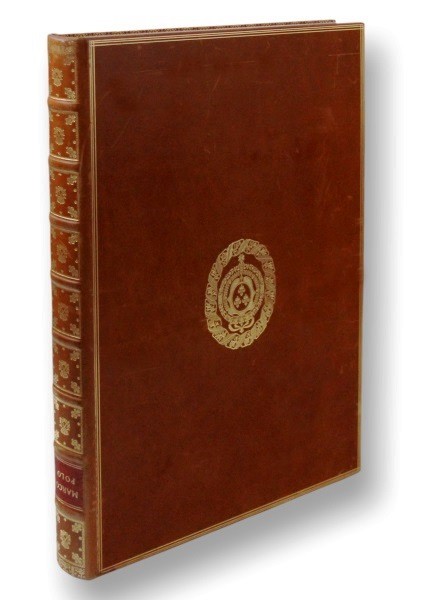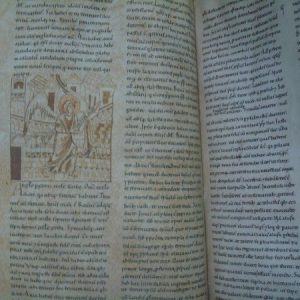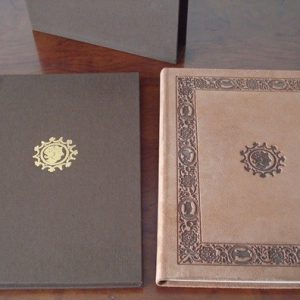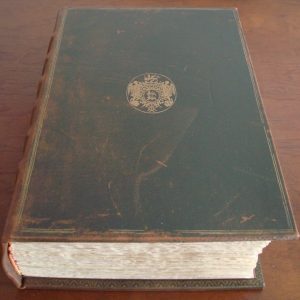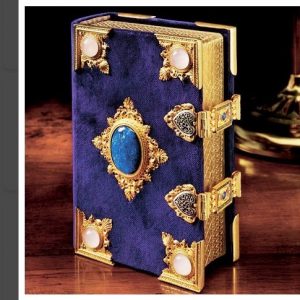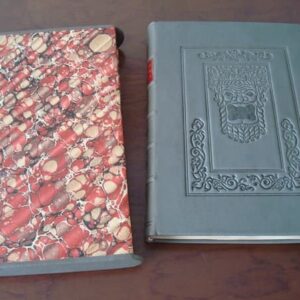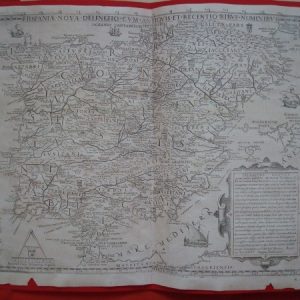Description
The so-called Book of the Wonders of the World Book of Marco Polo, Book of Miracles, Ms. Français corresponds to the manuscript 2810 in the National Library of France. It was made in the fifteenth century and illustrated by some of the greatest masters of his time. 84 richly gilded miniatures relate the fantastic story of the journey of Marco Polo.
The Book of the Wonders of the World by Marco Polo is among the most famous manuscripts of the Middle Ages and is considered the climax of the lighting of the French manuscripts.
Rarely they had so much echo secular themes as the adventures of Marco Polo. Their reports offered the ideal illustration framework, as people in Europe had always been curious about the wonders of the legendary East. The most important teachers of their time left in this beautiful manuscript reflected colors with a profusion of gold, creating a unique and luxurious witness the achievements of a brave pioneer.
The 192 pages contain 84 miniatures luxury in a large format that can be attributed to two different styles:
The first is attributed to the famous Boucicaut Master, one of the greatest innovators among Northern European artists prior to the brothers Van Eyck. He was assisted by the so-called Master Mazarine. Together, they are responsible for 37 miniatures.
The second group also fascinates by the quality and diligence of the artists must have worked together in close cooperation. Among them the Egerton Master and the Bedford Master, who completed 44 miniatures.
The story inspired the book enlightening best to perform this work of art is the merchant Marco Polo, whose father and uncle had already traveled to Asia from 1261 to 1269. In 1271 went back to the continent, taking the young Marco with them.
His trip lasted three and a half years, eventful during which covered a great distance, from Palestine to Persia and the Persian Gulf, through Pakistan, the Pamir and in northern China. There, the travelers reached the legendary court of the Mongol ruler Kublai Khan. To be able to speak several languages, including Mongolian, Marco Polo offered his services to Khan, soon put his trust in him. Subsequently, Kublai Khan entrusted Marco Polo important confidential missions that took him through much of East Asia, and some regions of southern Asia. Marco Polo had to wait until 1292 for which he was allowed to travel back to Europe; This time the journey took him across the sea, along the shores of the Indian Ocean, and through Baghdad to Venice where he prepared to lead a normal family life.
During one of the numerous wars between Venice and Genoa, Marco Polo, then commander of a galley, he was taken prisoner and had to spend three years in a Genoese prison. There he shared a cell with a writer who wrote his stories in French.
This story has come down to us in a number of different versions and is the first geographical and ethnological document on the countries and peoples of the East. Even he influenced Columbus, who was said to be owner of the original manuscript.
During his travels, Marco Polo took notes to inform the Grand Khan in detail of everything he saw. However, their reports often mention regions that probably never visited himself. One of the features that make this book so special is the fact that in this manuscript, reality and fantasy are often combined, and thumbnails are intertwined with European tradition, legend and the vision that the East had so.
From the beginning, this manuscript known as the Book of Wonders has had an eventful history.
The owner of the manuscript seems to be John the Fearless, Duke of Burgundy. This is assumed because the luxurious work appears in the inventory of the Duke of Berry in which is registered as a gift from the Duke of Burgundy. There are many other symbols and points of reference suggesting that the work was commissioned by Juan. After Berry’s death the codex was sent to the Armagnac family, and from there everything is open to conjecture.
After that the codex disappears in the darkness of time and later reappears in the library of King Francis I of France in the sixteenth century. In the late seventeenth century, the manuscript was Rebinding and decorated with the royal arms.
German facsimile edition of this beautiful work of art has been published in 980 strictly limited and numbered copies only. 192 beautiful pages in format 30 x 42 cm. Combining the latest technology with the finest craftsmanship and traditional methods allowed play this manuscript so faithful to the original.
Volume accompanies a comment German / French bilingual education, with over 500 pages, featuring contributions from recognized experts.
Long out of print. Only copy we have available at the price being offered.
Shipping by the buyer, upon request and destination. Ask us any questions and any other fax you are looking for.




